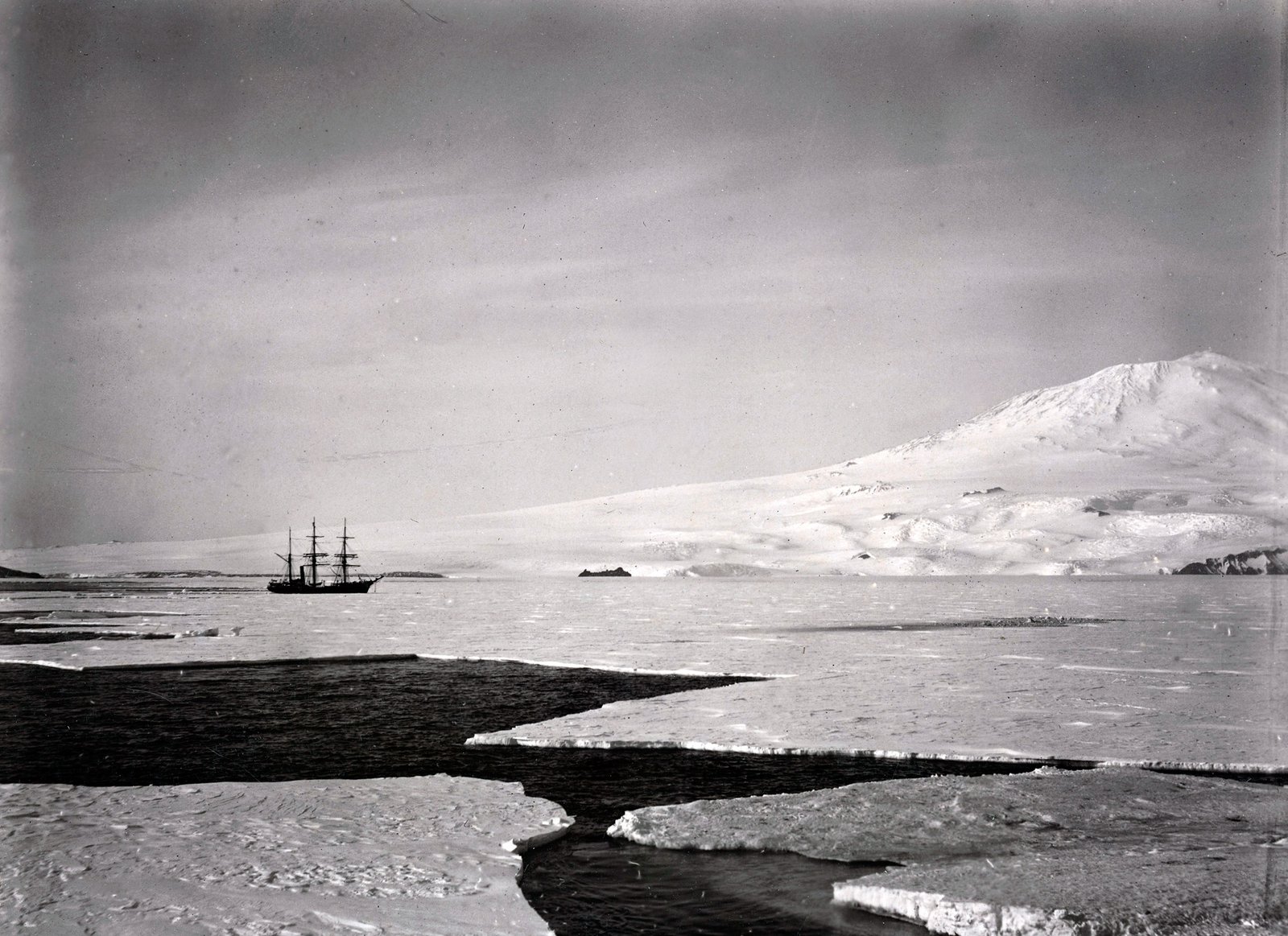
Over the same time period, the CTBT infrasound station IS55, ~25 km from Erebus, detected ~115 of the >1000 locally observed eruptions with amplitude decreases of >100x. These sensors, supplemented by the Erebus network seismic stations, recorded >1000 eruptions between 1 January and 7 April 2015, with an average infrasound daily uptime of 9.6 hours. In the 2014 austral summer, new infrasound sensors were installed ~700 m from the summit crater hosting the lava lake. Over the last 15 years, increased activity took place in 2005-2007, and more recently in the 2013 austral summer. The bulk composition and matrix glass of Erebus ejecta has remained uniform for many thousands of years, but eruptive activity varies on decadal and shorter time scales. This has implications for magma and bubble ascent rates through the conduit and into the lava lake. At shallow depths lab measurements suggest the magma has viscosities of ~107 Pa s. Erebus phonolite is H2O-poor and contains ~30% anorthoclase megacrysts. Persistent lava lakes are rare, and provide direct insights into their underlying magmatic system. Curtis, A.Įrebus, an active intraplate volcano on Ross Island, commonly produces bubble burst Strombolian explosions from a long-lived, convecting phonolitic lava lake. Our analysis highlights the generic challenges encountered in calculation of magma viscosity and presents an approach that can be applied to other cases.įrequency and Size of Strombolian Eruptions from the Phonolitic Lava Lake at Erebus Volcano, Antarctica: Insights from Infrasound and Seismic Observations on Bubble Formation and Ascent This is substantially higher than has been hitherto considered with significant implications for modelling the dynamics of the lava lake, conduit and magma reservoir system.

Using reported ranges for these parameters, we predict that the magma viscosity in the upper region of the plumbing system of Erebus ranges between 105 and 107 Pas. The resulting model enables estimation of the Erebus melt viscosity as a function of temperature, crystal and water concentrations, with an uncertainty of, at most, ± 0.45 log (Pa s). In particular, we evaluate the viscosity of the Erebus phonolite magma by integrating new experimental data within a theoretical and empirical framework. As a contribution to understanding such contrasting eruptive behaviour, we focus on the rheological differences between these comparable magmas. The phonolite at Erebus has slightly higher silica content than that at Vesuvius yet its present activity is predominantly non-explosive. Phonolitic magmas can erupt explosively, as in the 79 CE Plinian eruption of Vesuvius volcano, Italy, and it is therefore important to understand their physical properties.

Erebus volcano, Antarctica, is unique today in hosting a phonolitic lava lake. Long-lived active lava lakes are comparatively rare and are typically associated with low-viscosity basaltic magmas.

Rheology of phonolitic magmas - the case of the Erebus lava lake


 0 kommentar(er)
0 kommentar(er)
